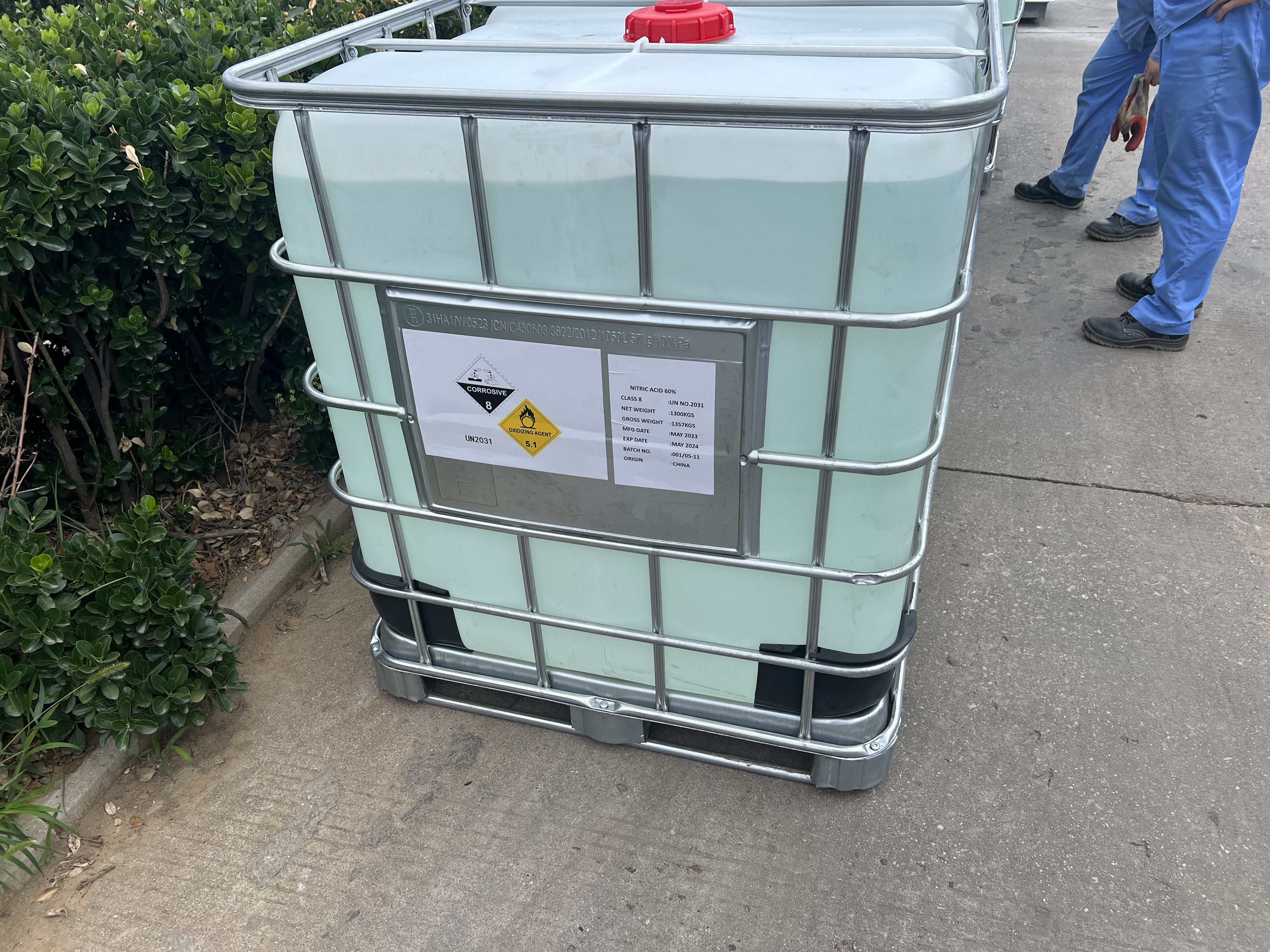History Of Nitric Acid
In the 8th century AD, the Arab alchemist Jabir ibn Hayyan discovered and produced nitric acid in the process of dry distillation of saltpeter, which is the earliest human record of nitric acid.
In the 13th century Raymond obtained nitric acid by dry distillation of saltpeter and iron sulfate (Fe2(SO4)3).
In the 15th century, Chilean saltpeter (NaNO3) was used to react with sulfuric acid to produce nitric acid. In the 17th century, German chemist Glauber mixed saltpeter with concentrated sulfuric acid (H2SO4) in a curved flask, and then produced nitric acid by collecting the steam generated by the decomposition of saltpeter. This process is named "complex decomposition nitric acid manufacturing process". This process and the Chilean saltpeter process are still used in the laboratory to produce nitric acid in small quantities.
16th century: During the European Renaissance, chemical knowledge began to develop rapidly. Nitric and nitrate were studied by some early chemists.
17th century: Swedish scientist Johan Baptista van Helmont discovered some properties of nitric acid while studying nitrates. He noticed that nitrates could produce a gas by reacting with an acidic solution, and that the gas could support combustion.
18th century: Chemist Johann Rudolf Glauber and Swedish chemist Carl Wilhelm Scheele further studied nitric acid. Scherer was the first to successfully extract pure nitric acid from nitrate and described its corrosive and oxidizing properties.
At the end of the 18th century, Priest and Cavandisi successively completed a series of combination reactions of nitrogen and oxygen in the air by means of electric discharge, which is similar to the reaction of natural nitrogen fixation in atmospheric lightning. In 1859, the French lefebure (L.J.P.B) obtained A patent for the production of nitric acid according to this reaction, but no production was carried out, and by 1898, two Englishmen, mcdougall (A.) and Howles (F.H.), used a voltage of 8,000 V. At a frequency of 60HZ AC, 65 grams of nitric acid was synthesized per hour. In 1901, two other Englishmen, Bradley (C.S.) and Lovejoy (D.R), synthesized 88 grams of nitric acid; We want to achieve continuous production of nitric acid by electric arc process in industry. The electrode is required to produce a stable arc.
19th century: In the early 19th century, the German chemist Friedrich Wohler and the Dutch chemist Justus von Liebig conducted in-depth research on the chemical properties of nitric acid, which laid the foundation for further applications.
In 1913, the production of synthetic ammonia by the Haber method came out, the production of raw ammonia gas was sufficient, and the production of nitric acid by ammonia oxidation began to enter the industrial stage, which is still the main method for the production of nitric acid in the world.
With the development of the metallurgical industry, the United States Dupont (Dupont) first built a 0.81MPa high-pressure nitric acid production device in 1920, and in 1959, the French GP company built the first double-pressure nitric acid production device with a scale of 160t/a in Lill
20th century: With the development of the chemical industry, the production of nitric acid became more large-scale and industrial. Improved production techniques have made nitric acid an important feedstock for many important chemical and industrial processes
